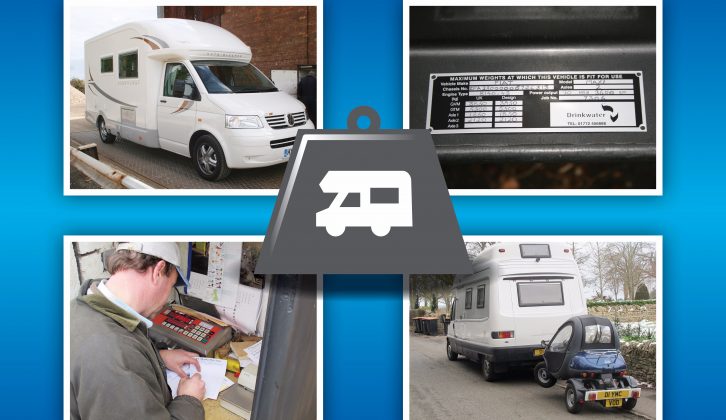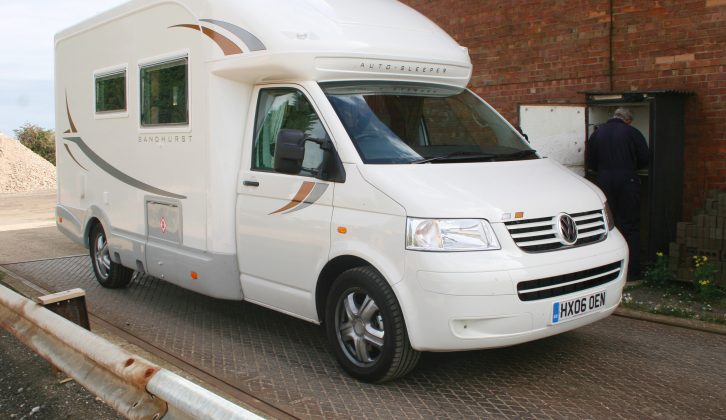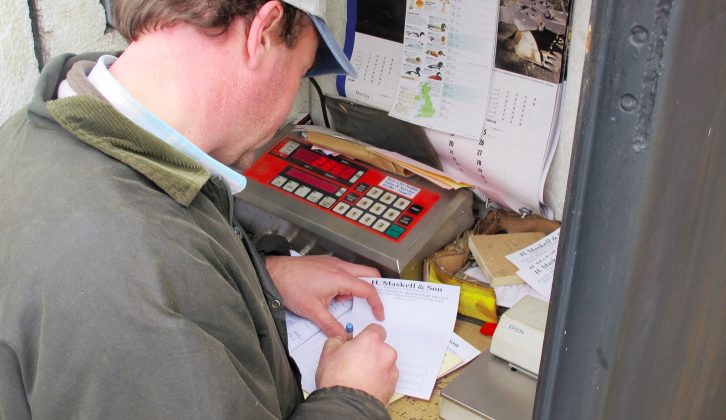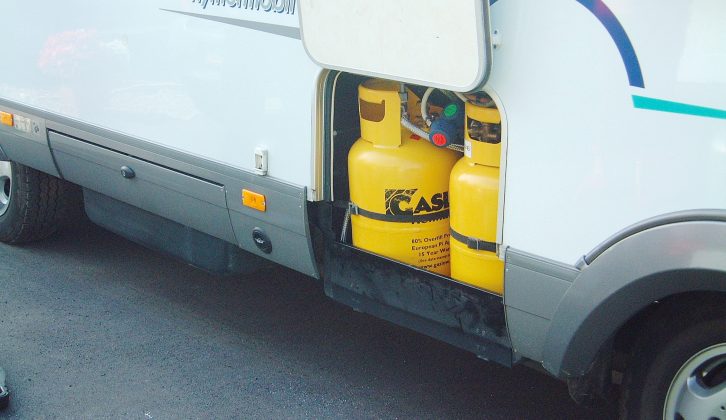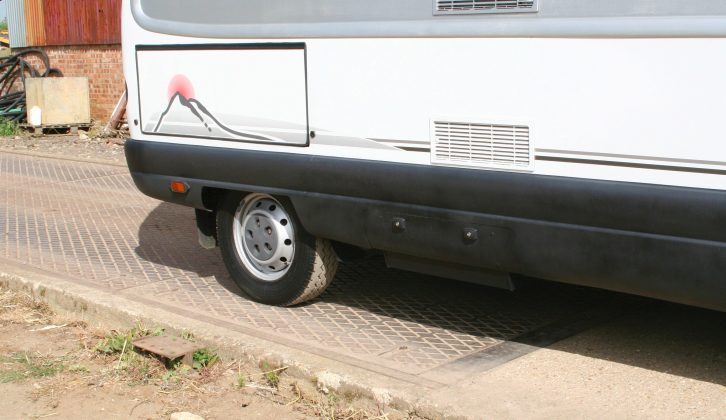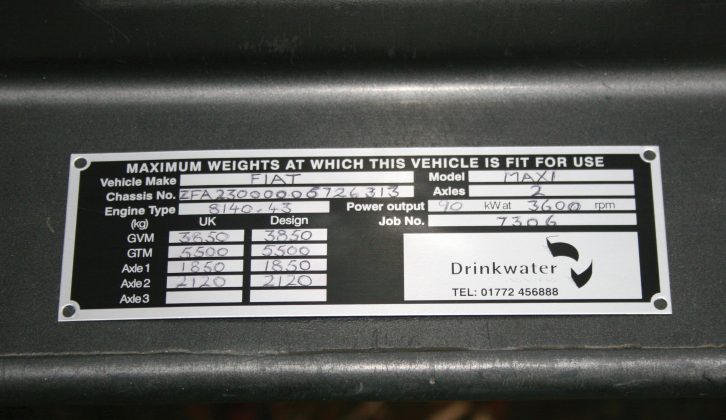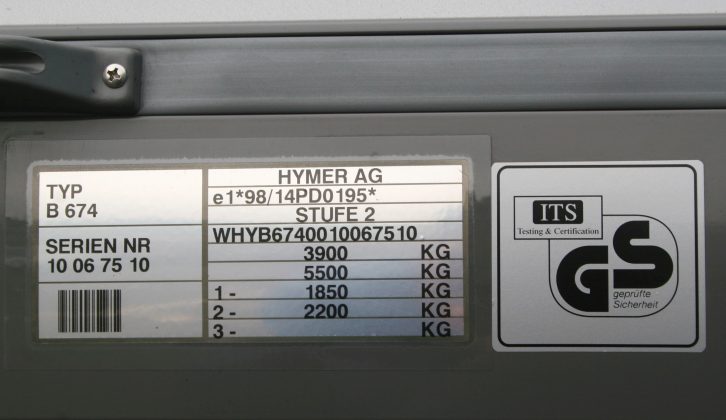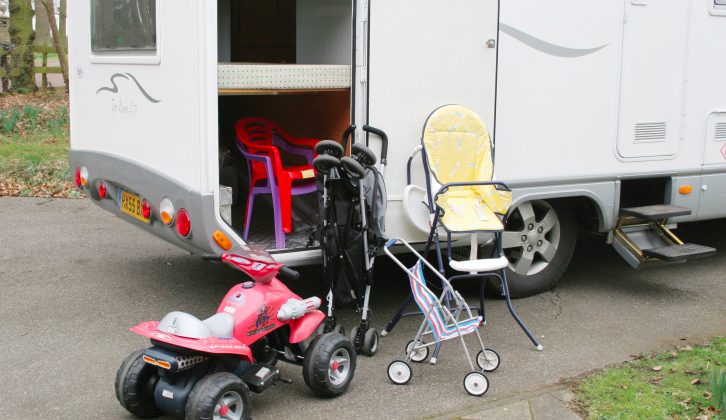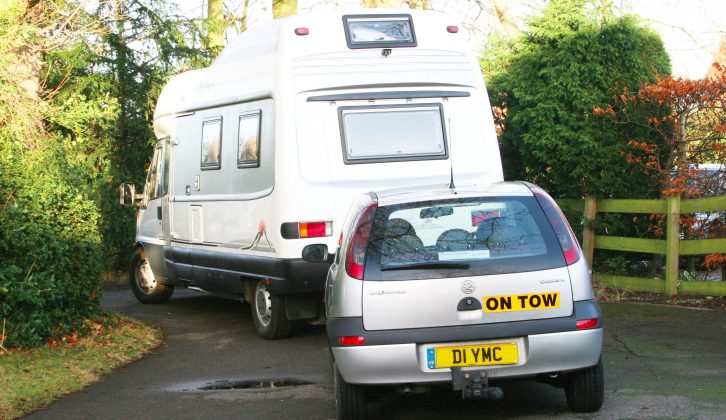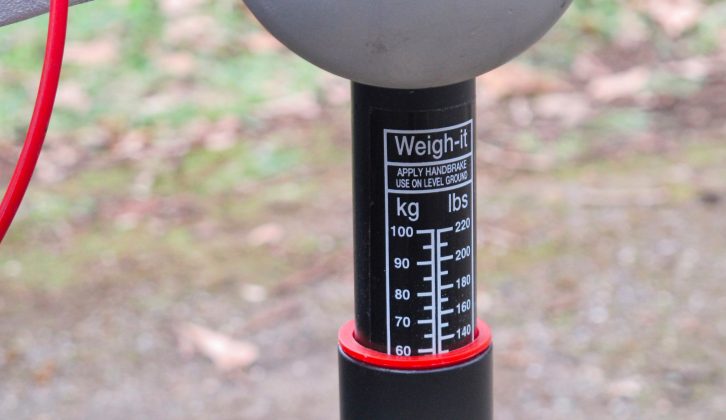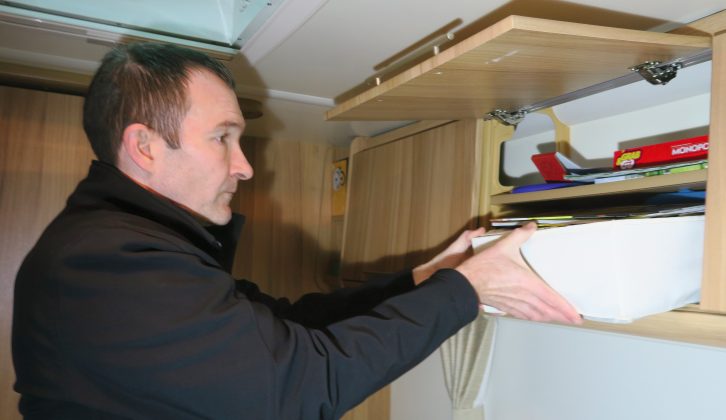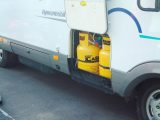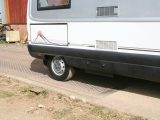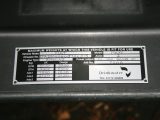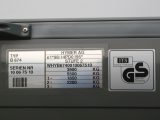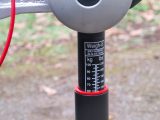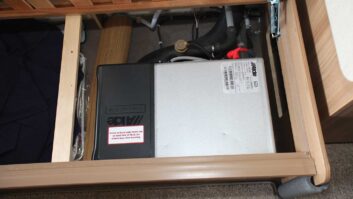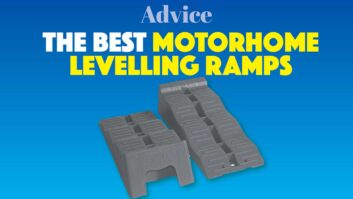Have you ever checked the weight of your motorhome?
It’s tempting to consider the large space within your ’van as unlimited storage for all those home comforts, but there are strict weight limits on what you can carry.
Some motorhomes tow cars or motorbikes, so it is important to understand the various terms and figures that need to be considered to understand the weight relationship between motorhome and towed vehicle. This will ensure you are within the safe and legal limits when towing.
Weighbridge
The most accurate way to weigh a vehicle is to visit a public weighbridge. You can search online to find one.
Once a weight check has been completed, make sure that you ask for a copy of the paperwork including the date, the vehicle registration number and the weight details.
Mass in Running Order (MIRO)
The Mass in Running Order (MIRO) is the manufacturer’s weight of the motorhome equipped to its standard specification.
This excludes extras such as gas bottles and a leisure battery.
But it may include a full tank of fuel, essential liquids and the driver (up to 75kg).
Maximum Axle Weight (MAW)
The front and rear axle has a maximum weight, too.
To calculate the weight of the latter, simply position the motorhome on the weighing plates at the weighbridge with just the rear wheels on the plates, and vice versa for the front axle.
This figure must not be more than the Maximum Axle Weight (MAW) as on the data plates or in the owner’s handbook.
Maximum Technically Permissible Laden Mass (MTPLM)
The absolute weight limit – also known as Maximum Technically Permissible Laden Mass (MTPLM), or Maximum Authorised Mass (MAM) – can usually be found on a plate inside the ’van’s door.
This is the base vehicle manufacturer’s legal maximum weight that the motorhome can be when fully loaded.
Actual Laden Weight (ALW)
Before embarking on a trip, load the motorhome with everything you will need, then visit a local weighbridge. This will establish the Actual Laden Weight (ALW).
The ALW cannot exceed the MTPLM. Some families have to take so much paraphernalia for their little ones that they find their ’van overloaded.
It is important to realise that, just because there is space available in your motorhome, it can’t necessarily all be used for storage.
If you are unable to get to a weighbridge, your payload allowance can be determined by calculating the difference between the MTPLM and the MIRO.
Gross Train Weight (GTW)
Some motorcaravanners like to tow a support car with them on an A-frame or trailer, or even a boat.
The GTW is the total weight of the motorhome and the outfit being towed.
It is illegal to exceed this weight limit, so be sure to get it checked at a weighbridge.
Noseweight Limit
Noseweight is the downward force from the trailer or car A-frame hitch onto the towball of your motorhome.
The recommended noseweight for towing stability is from 5% to 7% of the motorhome’s ALW.
Your owner’s handbook should specify the noseweight limit. Sometimes this figure is different to that of the towbar manufacturer, in which case you should take the lowest value as the limit.
Noseweight can be measured using a noseweight gauge. These can be purchased from most motorhome/caravan dealers.
Safe loading
It amazes me how badly some people load their motorhomes. Here are some helpful tips:
- Try to keep top lockers clear. Items can become dislodged during transit, and can fall out and damage work surfaces, or even injure a person. I had a nasty incident with a tin of beans!
- Heavy possessions should be stowed as low as possible, and close to the axle. This reduces the likelihood of body roll.
- Avoid travelling with water on board: this will start to swirl in transit and can cause instability.
- Resist overloading the rear of the motorhome. Check that, once fully laden, the weight of the rear axle does not exceed the MAW.
- Secure loose items to prevent them from moving about in transit.
A final thought
In order to be a responsible motorcaravanner, you should check the weight of your vehicle and load carefully.
By following these simple checks, you can drive with peace of mind that you have adhered to the manufacturer’s guidelines and are within the law.
It is surprising how many police checks have stopped ’vans that are overweight.
Did you know?
- You can be fined up to £5000 if your motorhome is overloaded.
- Your motorhome insurance and manufacturer’s warranty will be invalid if your motorhome is overloaded.
- Your driving licence may restrict what you can drive and tow. You can find out more here.
- Grab a copy of Practical Motorhome – each month our Buyer’s Guide lists the maximum weight for new models.
Check the weight of your motorhome and load carefully
